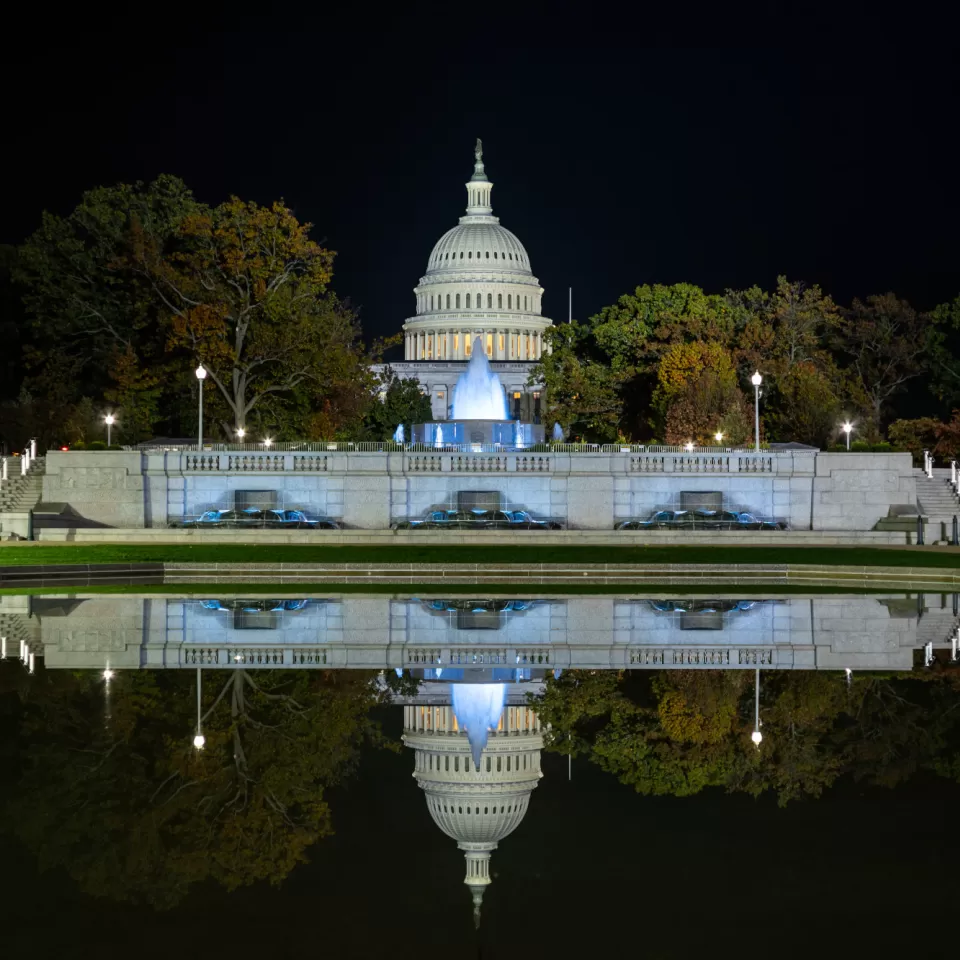Our Stories
Recent Articles
Behind the Scenes
The People's Gardens
Take a stroll through our pictorial tour to experience the beauty of these unique garden beds and meet a few members of the jurisdiction's Gardening team that work hard year-round to keep the Capitol campus looking beautiful.
Behind the Scenes
Hanami on the Hill: Cherry Blossom Season on U.S. Capitol Grounds
Nestled on the grounds of the U.S. Capitol, these trees stand as a symbol of renewal and spring. A few of the oldest recently received some unique preservation care.
Behind the Scenes
Picture Perfect: Capturing Iconic Images of the U.S. Capitol Grounds
See the Capitol campus through the eyes of an AOC Photographer.
Behind the Scenes
Photography and Technical Imaging Branch Marks 75th Anniversary
Recent historical research has confirmed that the Architect of the Capitol is home to the first federal government photography office, what is today called the AOC Photography and Technical Imaging Branch.










Comments
We are so fortunate to have so many highly skilled craftsmen and women working in the Capitol. Kudos to you for telling the stories of their contributions.
I always feels amazing when I see an old furniture can be made into a new look like it is really new made and finished. Because it is more go green and environmentally friendly. Good job for Ben Riffe, Wayne Beaton, Willie Brown, Vince Lusi, Oliver Pluntke !!
I have been doing upholstery for 40 years and I never knew a shop like this existed. I hope the next time I’m in DC to be able to visit the shop and the gentleman that get to work on such amazing pieces of art. To me this has always been an art form. It requires great skill and patients to refurbish a piece back to its original condition.
So today, I think I finally found it after 3 years of nosing around. The building had been refaced but in a far upper corner there was enough of the old brick to suggest the historic structure beneath - the factory of TD Wadelton in Tuckahoe, NY. It's now owned by CubeSmart who are taking good care of it, (except of course for the color scheme). It was in that factory where those prototypes were built. It must have been heart breaking to lose the contract to George Cobb.
My wife and I recently moved north from Nashville (why in the world) and bought a somewhat rundown carriage house in northeast Yonkers. Turns out, it was the home of Matilda and TD Wadelton built in 1905. Not a stitch of his furniture to be found here I assure you!
It's awesome and important work you all are doing, and while this great institution of ours seems to be wobbling on what might be its last leg, it brings solace to know that the furniture therein has been rectified and is true.
-Mike H
Add new comment